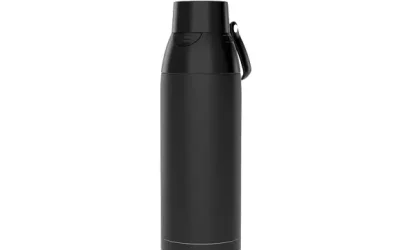If you work in the woodworking industry or you simply like to make things from wood as a hobby, you will certainly be aware of the amount of dust that can be thrown up by the machinery. Not only is this a real problem with cleanliness in the shop, perhaps even more importantly is the health related issues. Wood dust is harmful to anyone exposed to it so fitting all woodworking machinery with a dust collection system is mandatory.
The dust collector itself is usually an integral part of new and even refurbished woodworking machines. The collector itself is not much more than a motor that drives a suction device, the dusty air that comes from the woodworking process is sucked into the dust collector which contains dust collector bags.
Dust collector bags are available in many different sizes, some are quite large and are used on industrial woodworking machines; others are small and are usually an integral part of hand held equipment such as an electric plane or skill saw. Regardless of the size, the job of the collector bag is the same; maintain cleanliness and guard the operator from inhaling potentially hazardous material. The bags themselves are available as disposable products or clean and reuse. In lots of cases, especially in factories that generate a huge amount of wood dust, it can be recycled into various products such as chip board or even organic mulch.
Dust collector bags are made from a variety of different materials; woven cotton, felt, fiber glass or various synthetic fibers. The cost of these bags is usually based on the material that it is made from and the bags efficiency in collecting dust. The bags can be rated by particulate size; this is the size of the particle that can slip through. Most bags are rated anywhere between 1 micron up to 30 microns. The volume of air that can go through the bag is called “permeability,” the higher the permeability the greater volume of air that can be filtered. The permeability rating is given in cubic feet per minute.
Dust collector bags are not limited to the woodworking industry; they are also used in the gas purification process. This method of gas filtration is one of the most efficient ways there is to get any residual dust of particulates out of the gas, some bag material can remove almost one hundred percent of the dust from the gas flow.
Like many things, the key is maintenance. For those who don’t work in or around the woodworking industry it may be hard to fathom exactly how much dust is captured, it is enormous. For the dust collection system to work well and do what it is intended to do, the dust collection bags must be cleaned or replaced frequently.






